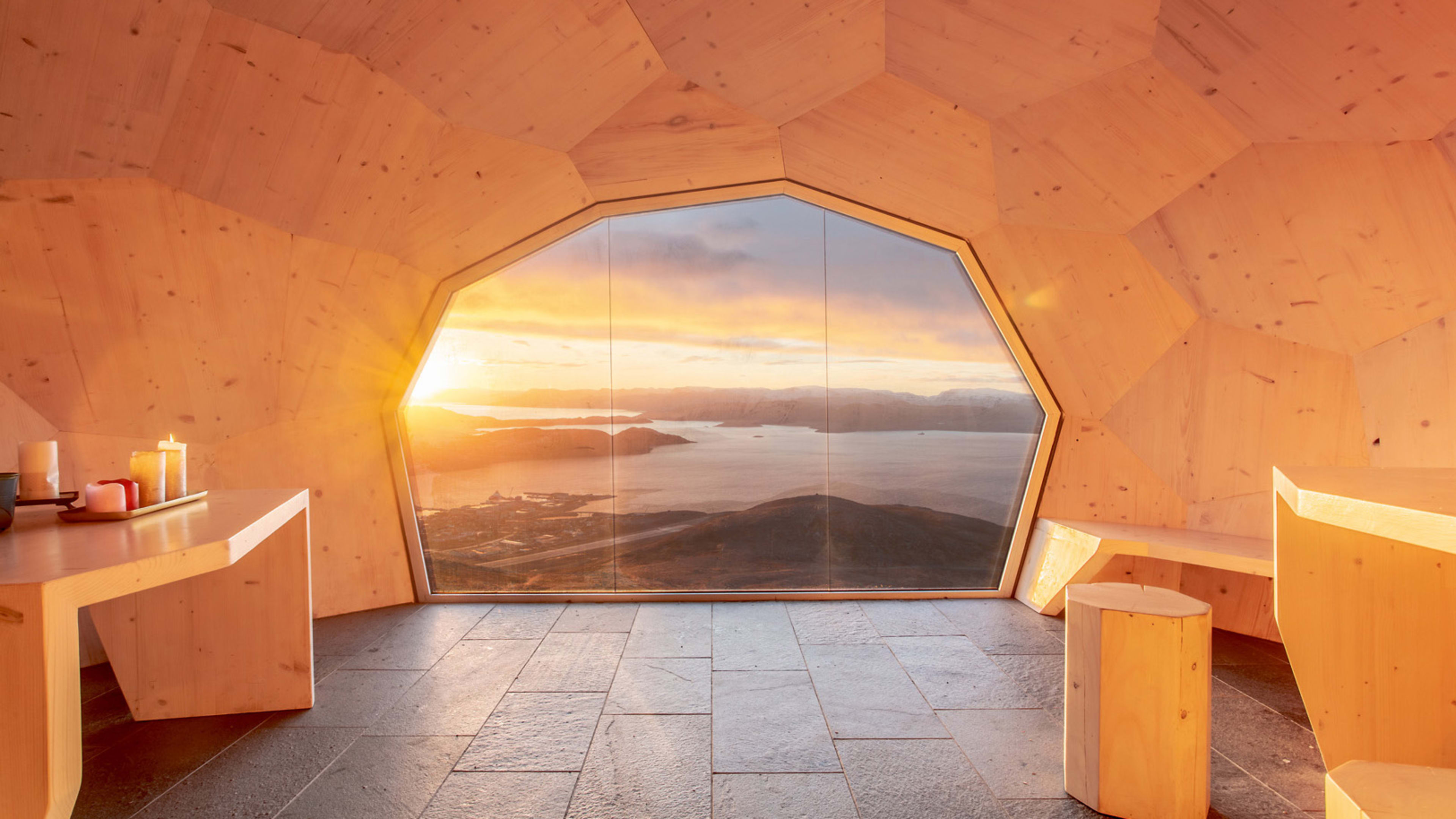A house is much more than what lies within its walls. A new book out this week from Phaidon shows that a house’s setting can be as important as what’s inside it.

Divided into four sections—air, earth, fire, and water—the book offers tantalizing looks inside homes that were designed to connect with the outdoors and also to minimize their impact on the natural world.
Here are a few that show how homes can reflect and embody the elements of nature.
AIR
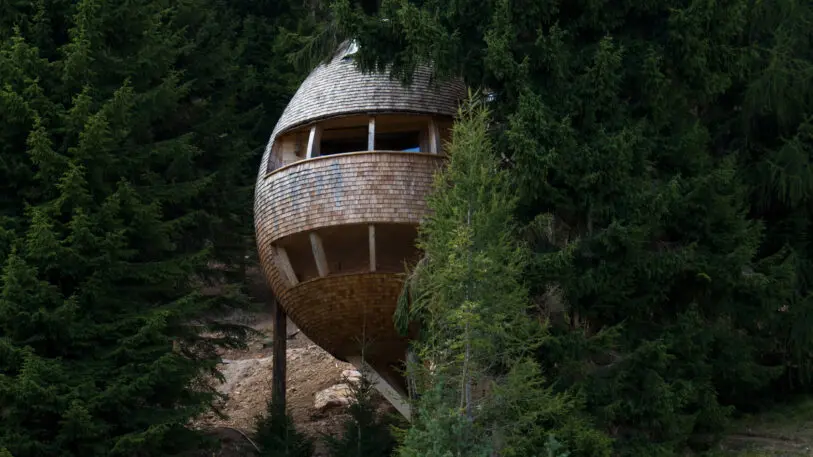
Pigna, in Malborghetto Valbruna, Italy. Designed by Claudio Beltrame, 2017.
Inspired by pinecones, these small treehouses were designed to hover in Italy’s oldest forest. Built primarily of wood, the two-level ovoid spaces are snug nests with a bedroom at the apex of the cone. Like homes for birds, they’re held up off the ground on columns amid the canopy of the trees.
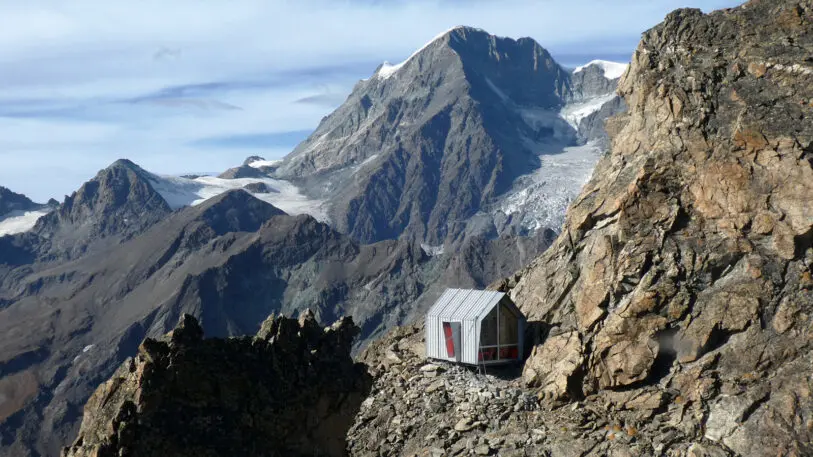
Almost impossibly clinging to a mountain ledge, this compact cabin can withstand winds of more than 120 miles per hour. Made from prefabricated sections, the cabin had to be airlifted to the remote climbing site. At an elevation of more than 10,000 feet, this mountain climber’s refuge seems to float in the clouds.
EARTH
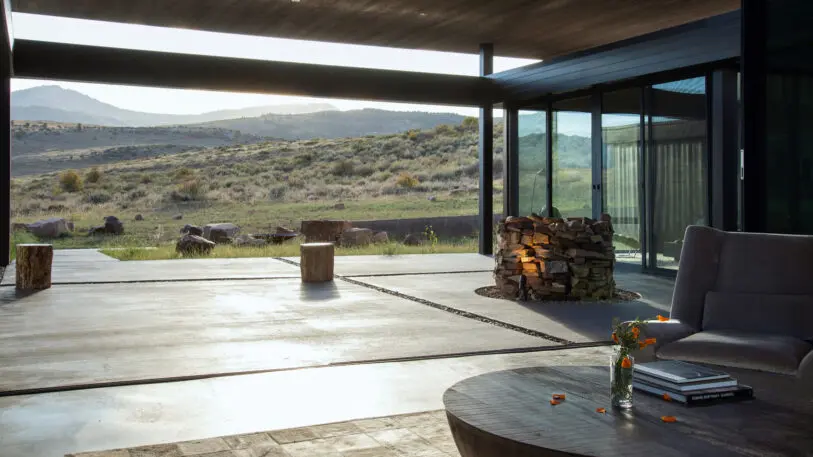
This completely off-grid family getaway sits on a ridge in the rolling mountains of Idaho. With elements of prairie architecture, the home’s flat roof and low-slung design keep it from standing too far out while also putting the gentle topography within reach. An entire wall opens the home to a partly covered entry patio that leads out into the boulder-studded foothills.
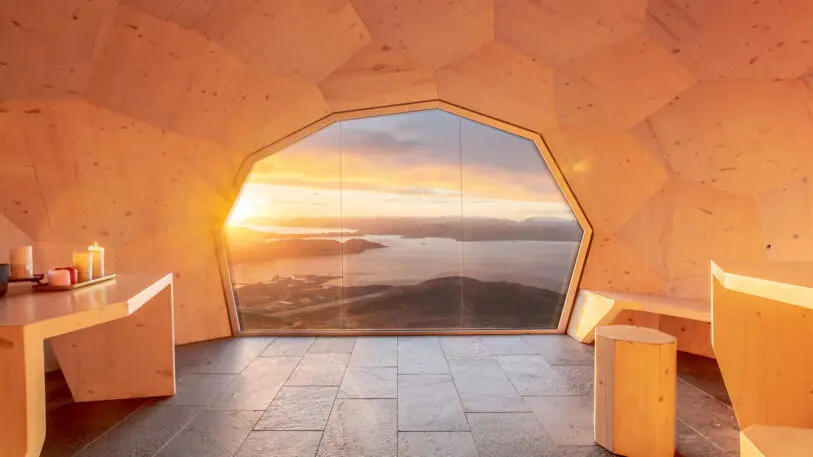
The jagged and rocky terrain of this home’s Nordic mountain setting has been directly translated into its geologic form. Appearing to be an organic and imperfect dome, the wooden cabin’s 77 interlocking panels were designed to ensure wind and snow resistance. The result is a unique space that seems like the inside of a soccer ball. Used as a rest stop for hikers, it provides a mountaintop portal for viewing the northern lights.
FIRE
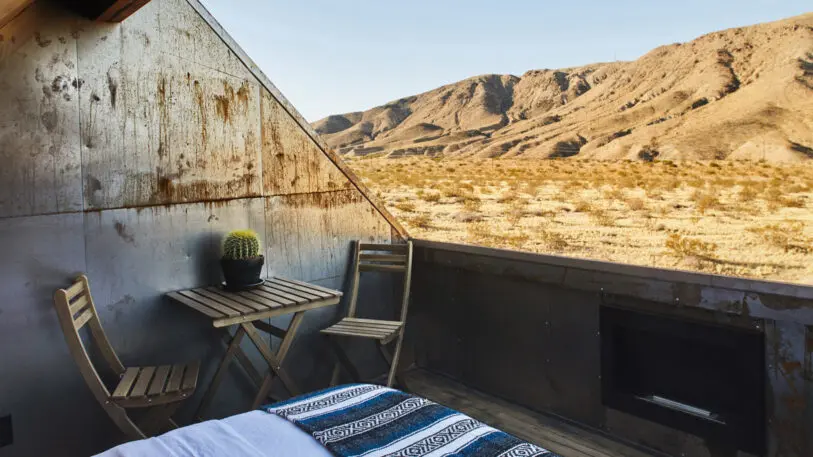
Designed specifically to accommodate the extreme heat of the desert, this small experimental home is split into two parts that each vent hot air out through solar-powered skylights in their tall pitched roofs. One of the structures features a terrace with a partly removed roof, creating space for stargazing.

Located in the Costa Rican jungle, this home embodies the volcanic geology of its surroundings. It’s been weatherproofed against the moist air through a Japanese technique that involves charring the wood of its back wall, protecting the home by burning it. The rectangular home is also bordered by rusted aluminum screening that recalls the lava and volcanic rocks of the region, while a cut-through patio and indoor-outdoor pool bring in the humidity and also a space of cooling relief.
WATER
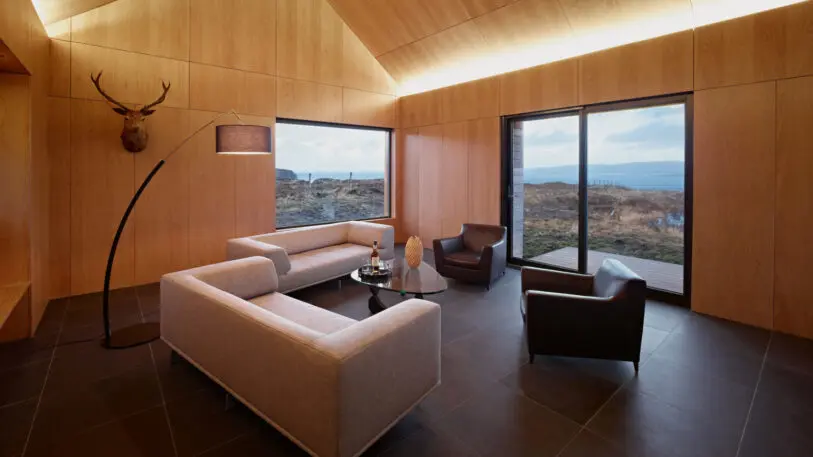
Based on the form of a traditional turf-roofed stone cottage, this modern home replaces that crude materiality with smooth wood walls and a metal roof that resists the region’s heavy moisture. Oriented to look out on a nearby lake and the sea beyond it, the home’s large viewing windows frame the vast expanse. Inside, oak walls and ceilings create a uniform warmth to counter the tumultuous climate.
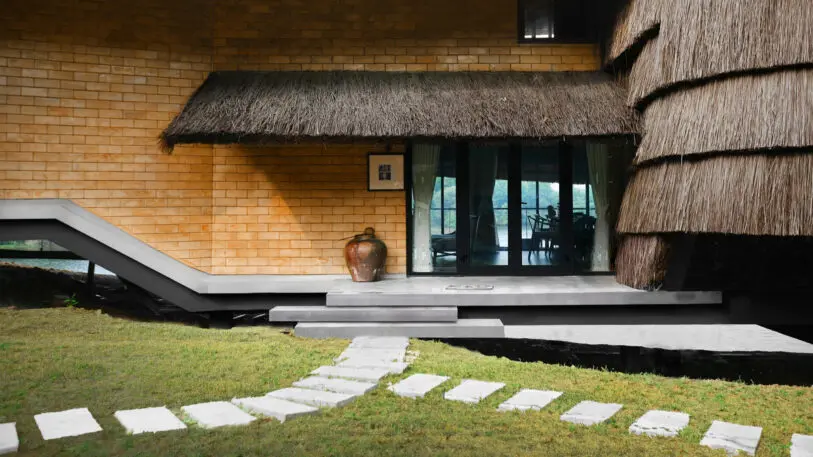
The thatched roof and adobe brick of this lakefront house respond directly to the humidity and rainfall in northern Vietnam, providing shade and passive cooling. The building also resists the potentially damaging force and dampness of the water that defines the site by perching up off the ground, allowing rainfall to run down its sloped site directly beneath the building.
Recognize your brand’s excellence by applying to this year’s Brands That Matter Awards before the early-rate deadline, May 3.
